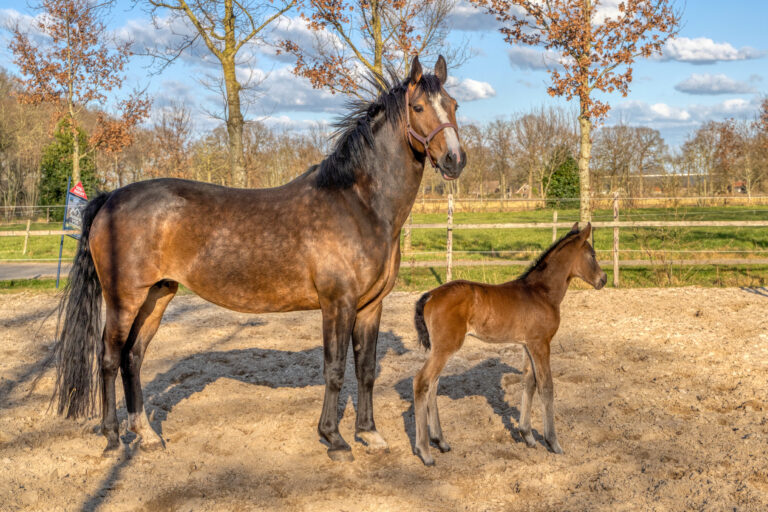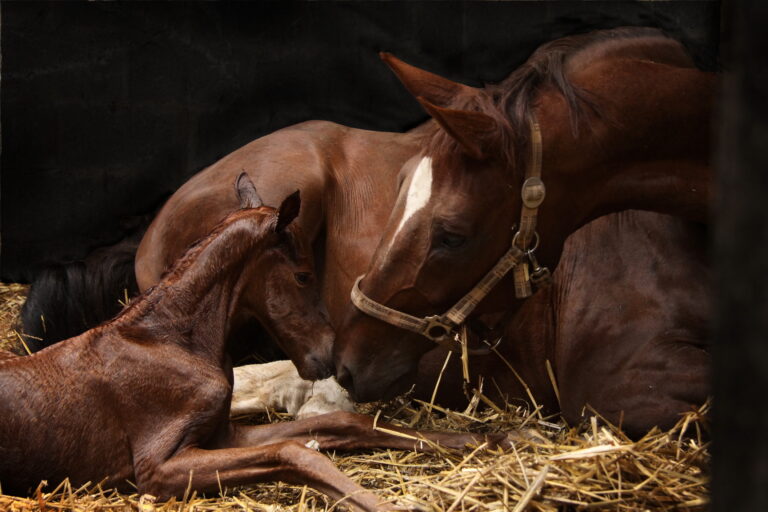
At the North American Veterinary Community’s VMX 2021 conference in Orlando, Florida, Alexandra Bianco, DVM, MS, DACVIM, of the University of Minnesota, discussed geriatric horse pain management. She emphasized that management of chronic pain relies on owner recognition, and it turns out that owners aren’t particularly good at this.
A study of 182 horses belonging to Swiss owners with more than 25 years of riding experience was revealing: The owners felt that all those horses were sound. However, veterinary evaluation graded about 55% of them as ≥Grade 2 (out of 5) in at least one limb.
In another study of 69 horses ≥30 years, 64% of owners reported “stiff joints” while about 16% said their horse had been lame in the past year. Veterinarian assessment identified 77% with at least Grade 3 lameness, and of those, 35% were Grade 4 lame.
While veterinarians need to be involved in pain evaluation, geriatric horses are less likely to receive veterinary care—lameness evaluation, joint injections or other treatment—despite a high incidence of pain.
Another study noted that the most important influence on an owner’s decision about their old horse is for the horse to be able to lead a comfortable life. A veterinarian’s opinion is important to the horse owner, particularly when taking the horse’s age into account.
A few different medications can be helpful for analgesia, while others are not useful:
- Tramadol 10 mg/kg orally every 12 hours for 7 days decreases limb offloading frequency in laminitic horses.
- Tylenol at 20 mg/kg bid x 14 days has a similar analgesic effect as flunixin meglumine. It has rapid absorption, is not an NSAID, and the mechanism of action is not fully understood.
- Ketamine 0.5 mg/kg IM
- Gabapentin (GP) has low oral bioavailability in horses—15% at 20 mg/kg orally compared to 80% in humans. Increasing the dose doesn’t improve bioavailability and there is no benefit found in using GP alone or with firocoxib.








